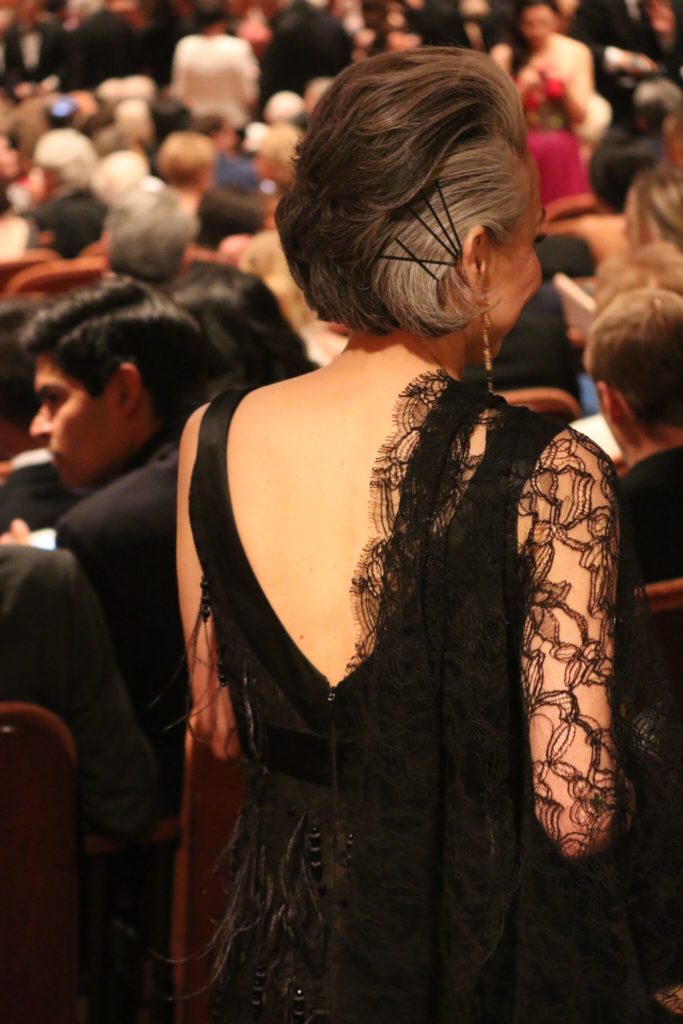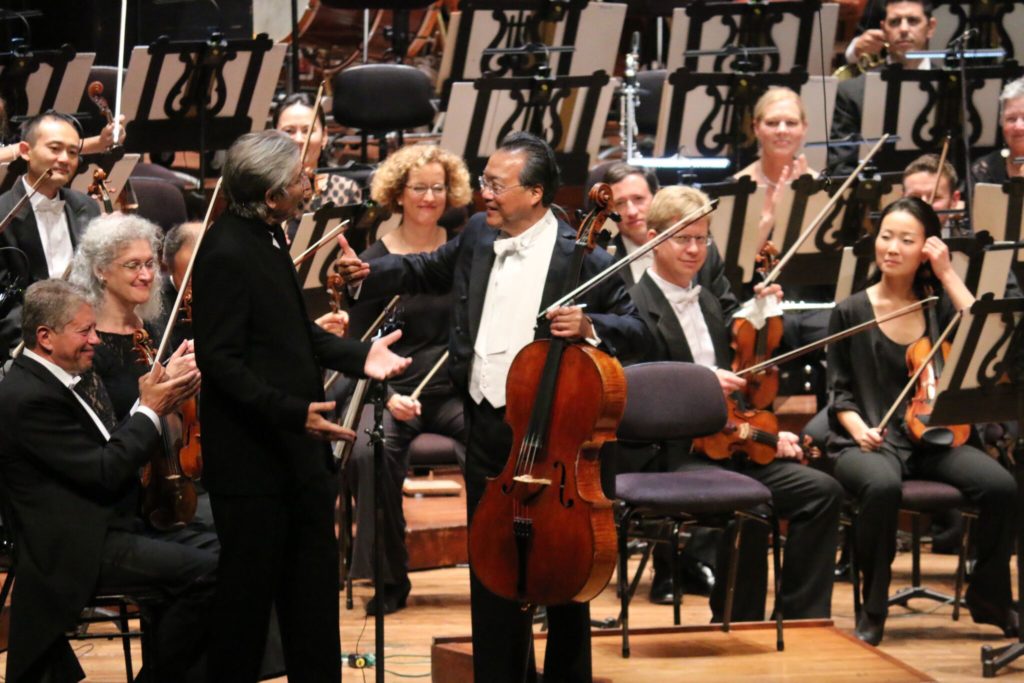The San Francisco Symphony’s Opening Night Gala is one of the most anticipated events of the year. Some of San Francisco’s most influential people attend decked to impress in ball gowns and tuxedo’s, creating a visual feast for a first time spectator. There is no shortage of Silicon Valley’s tech pioneers, major philanthropists, political figures or cultural leaders in attendance of the symphony’s premiere fall event. Lipstick & Politics was there to get you the inside inside scoop on the magical night.

SAN FRANCISCO, CA – September 14 – Mira Veda and Sarah Gerber attend San Francisco Symphony 2017 on September 14th 2017 at Louise M. Davies Symphony Hall in San Francisco, CA (Photo – Jana Asenbrennerova for Drew Altizer Photography)

You You Xia. Photo by Tiffany Rika Russell.
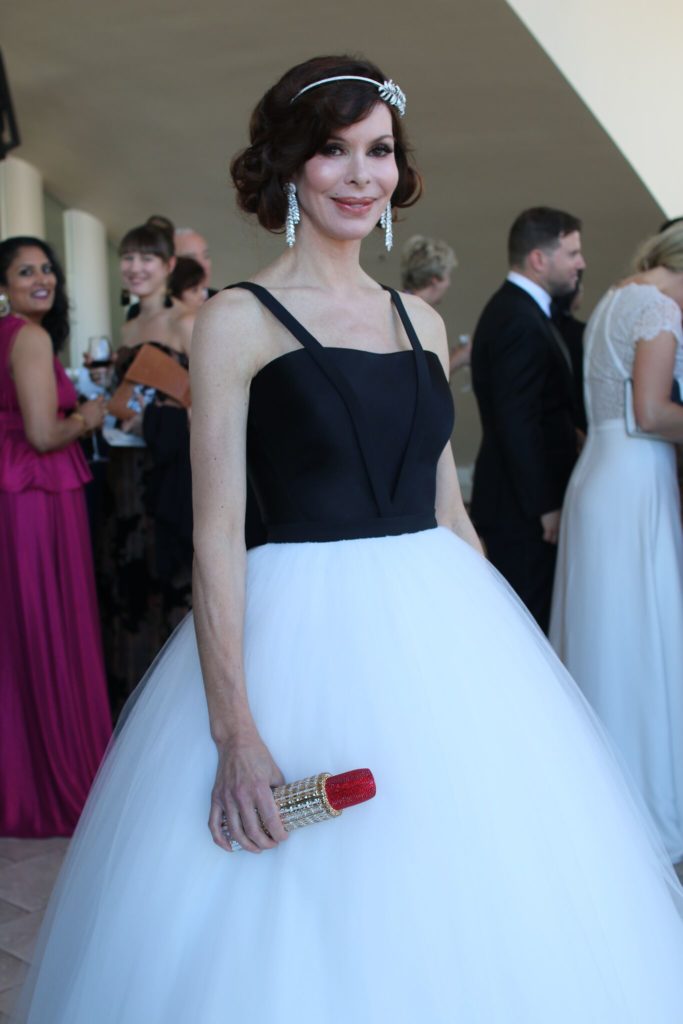
Stephanie Marver. Photo by Tiffany Rika Russell.
The fashionista’s were in full force. We can’t say enough of the glamorous formal attire that graced the Davies Symphony Hall. Red colors were by far the most popular shades of the night, while tulle and incredible details featured on some gowns were showstopping.
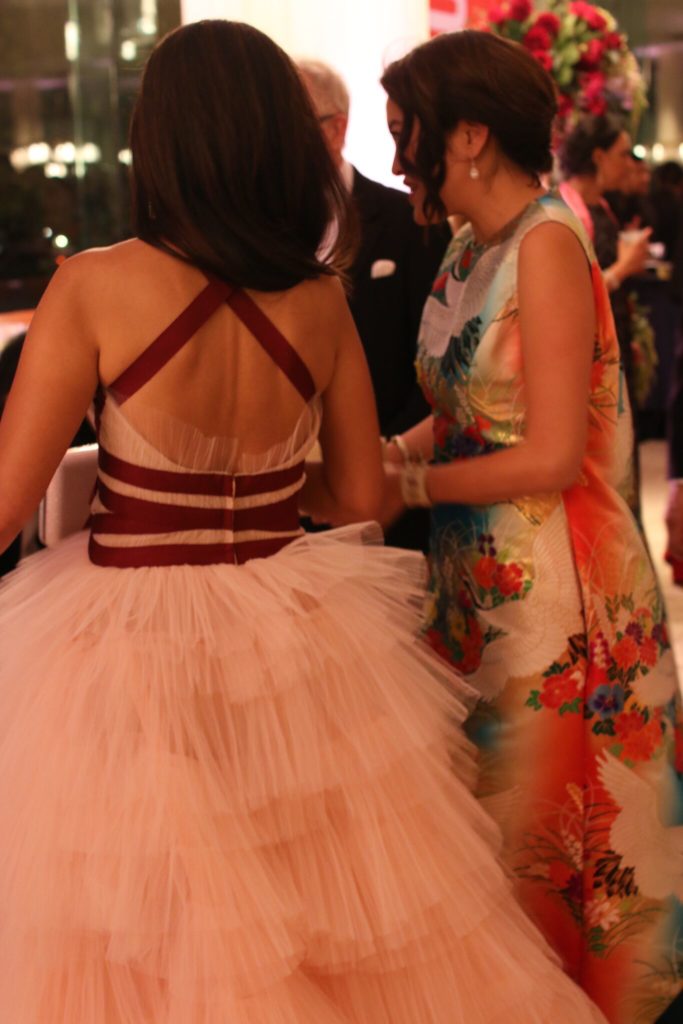
Komal Shah and Aey Phanachet. Photo by Tiffany Rika Russell.
Though the fashion was the spectacle that drew the audience into the opening gala, the orchestral music was what kept everyone in their seats. Michael Tilson Thomas, music director of the SF Symphony for over a decade, conducted and the audience was treated to esteemed guest performer, Yo-Yo Ma. The musical program began with the Overture of Candide by Leonard Bernstein, followed by Ma’s spotlight performance of Camille Saint-Saëns’s Cello Concerto No.1, then Pyotr Ilyich Tchaikovsky’s Variations on a Rococo Theme, and ending with Boléro by Maurice Ravel.
The SF Symphony is celebrating Bernstein’s 100th birthday this year, so it made perfect sense that the 2017-2018 season would play the 20th century composer’s most popular work. The symphony’s performance of the Overture was epic and lively, making it a worthy tribute to the great late composer. When Yo-Yo Ma stepped on the stage to play his cello solo, we expected nothing less than greatness, but we ultimately received so much more than that. Without sheet music in front of him, Ma demonstrated awe-inspiring talent and a range of unparalleled emotion when he played, underlining the complexity and depth in Saint-Saëns’s Cello Concerto No.1. It was simply amazing.
The Variations on a Rococo Theme performance could be best described as exquisite and dramatic. Ma elevated the piece with his prowess but he was seamlessly woven into the rest of the symphony. The closing piece of Boléro by Ravel was an interesting choice. The visuals that accompanied the orchestra made the experience memorable. At the start of the piece, the room was dark and only a few spotlights shone on musicians. As the piece started to crescendo, the lights followed the musical arrangement, the entire orchestra playing triumphantly, as if to dance with the lights in the room. The strong imagery made the repetition of Bolero more interesting and palatable.
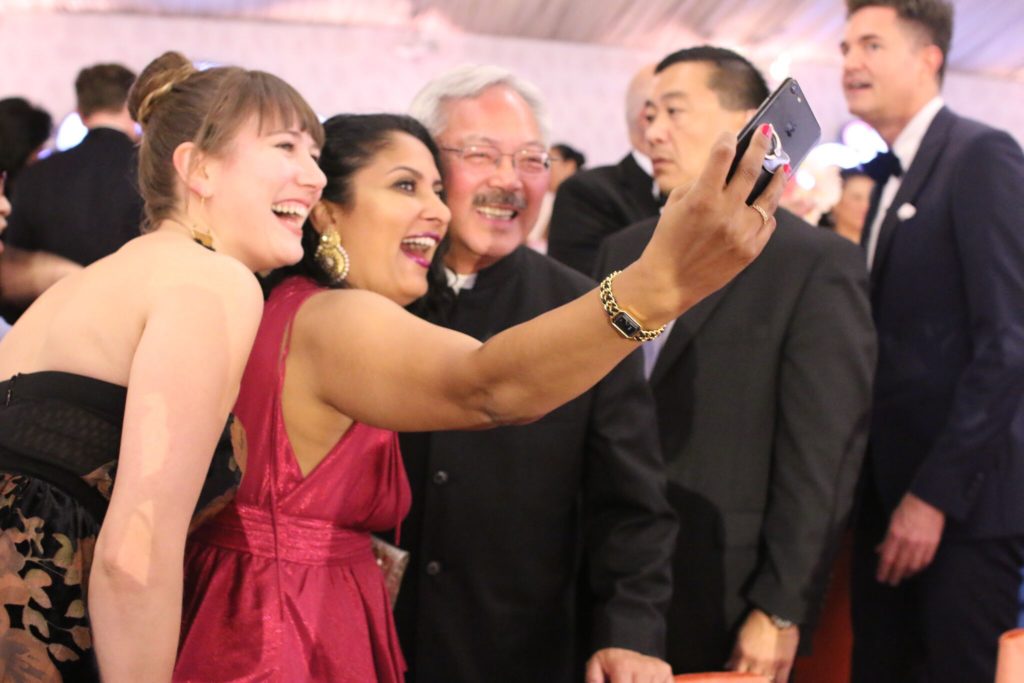
Photo by Tiffany Rika Russell.
The biggest takeaway from the musical night was that it was magnificent. Yes, that simple. The tone, in all it’s formality, remained light-hearted and jovial. All in all, it was an honor to attend such a refreshing, sophisticated event!




